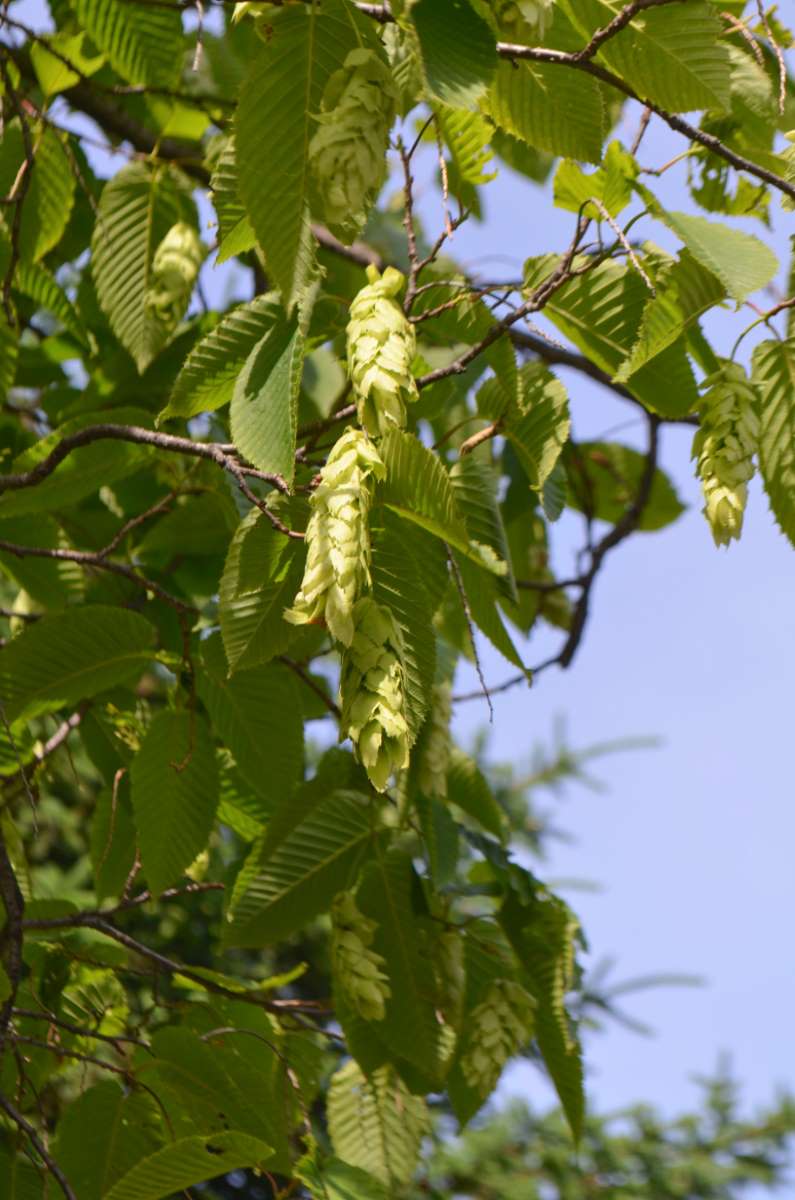Description
Ostrya – Hop-Hornbeam –
There are about 10 species of rarely cultivated, slow growing, monecious, deciduous tree in this genus. They occur in woodland in temperate regions of the Northern Hemisphere. They produce simple, ovate to ovate-oblong, or ovate-lance shaped,. Toothed, prominently veined, pointed leaves which are often hairy and held alternately. The flowers are borne in catkins, males and females on the same tree, but only the yellow spring borne males are conspicuous. Female catkins develop into hop-like fruits in late summer. They are excellent specimen tree for a woodland garden.
Grow in fertile, well drained soil in sun or partial shade.
Prone to canker, dieback, powdery mildew, leaf curl, leaf spots, and scale insects.
O. virginiana var. glandulosa – American Hop Hornbeam – Eastern Hop Hornbeam – Ironwood – This conical to rounded tree from Eastern North America grows 50′ feet tall and 40′ feet wide. It has dark brown bark. Very glandular-hairy shoots it carries lance shaped, doubly toothed, dark green leaves, to 5″ long, each with 11-15 pairs of veins and paler beneath and turn rich yellow in autumn. In autumn it bears pendulous, yellow male catkins, to 2″ long, and open in spring, hop like white female, fruit clusters, to 2″ long, develop in summer and turn brown in autumn.
Zones 5-9





